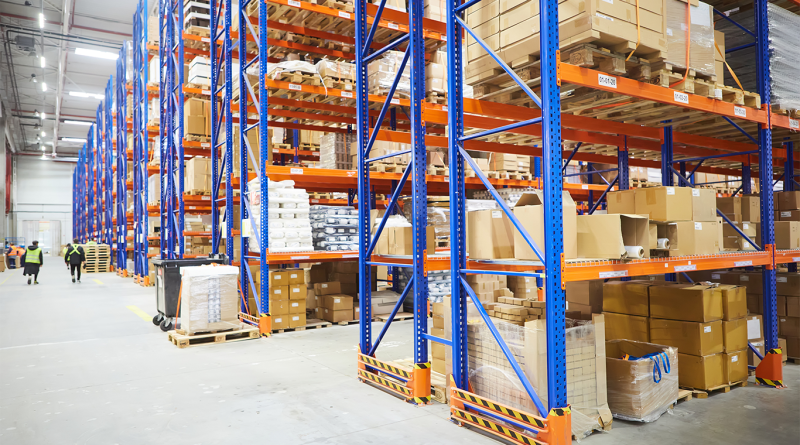7 Essential Strategies for Warehousing and Distribution
In the fast-paced world of logistics, warehousing and distribution play critical roles in ensuring products reach consumers efficiently. As e-commerce continues to boom, optimizing these operations is more important than ever. Explore with us the seven essential strategies for improving your warehousing and distribution processes.
1. Advanced Inventory Management Systems
Inventory management is critical in maintaining a balance between supply and demand. Advanced Warehouse Management Systems (WMS) provide real-time data on stock levels, track products throughout the warehouse, and enable automated replenishment processes. This not only reduces carrying costs but also improves order accuracy and customer satisfaction. For instance, integrating barcode scanning and RFID technology with WMS can further enhance accuracy and efficiency by reducing manual errors in inventory counts.
2. Optimize Warehouse Layout
A well-designed warehouse layout reduces the time workers spend moving between locations, leading to quicker order fulfillment. Zone-based layouts, where items are grouped by type or demand frequency, can improve picking efficiency. Additionally, cross-docking—where products are directly transferred from inbound to outbound shipping—can minimize handling time and storage needs. Consider the use of lean warehousing principles, which focus on minimizing waste and maximizing productivity.
3. Use Data and Analytics
Data analytics in warehousing allows companies to predict future demand patterns and optimize inventory levels accordingly. By analyzing customer purchasing trends and seasonal variations, businesses can adjust stock levels proactively. Predictive analytics can also be used to optimize labor scheduling, making sure that the right amount of workforce is available during peak times without incurring unnecessary costs during slower periods.
4. Adopt Automation and Robotics
Automation can significantly reduce operational costs and increase throughput in warehouses. Technologies like Automated Storage and Retrieval Systems (ASRS) allow for efficient storage and retrieval of goods with minimal human intervention. Robotic systems can also handle repetitive tasks such as sorting, picking, and packing, which increases speed and accuracy. As labor shortages become more common, these technologies offer a sustainable solution to maintaining productivity.
5. Improve Workforce Training
Continuous training is essential to make sure that warehouse employees are skilled in using the latest technologies and understand safety protocols. Regular workshops and on-the-job training sessions can keep staff updated on best practices, such as efficient picking methods and safe handling of goods. Investing in employee development not only boosts morale but also reduces the likelihood of accidents and increases overall operational efficiency.
6. Streamline Distribution Channels
To improve distribution efficiency, companies should regularly assess and optimize their distribution network. This may involve consolidating shipments to reduce transportation costs or adopting a multi-modal transportation strategy that combines different modes of transport for cost-effective and timely delivery. Utilizing centralized distribution centers can also streamline operations, reducing lead times and improving customer satisfaction.
7. Prioritize Sustainability
Sustainable practices in warehousing and distribution not only help the environment but can also lead to cost savings. Using energy-efficient lighting and HVAC systems reduces energy consumption, while optimizing packaging can minimize waste and lower transportation costs. Additionally, adopting a circular supply chain model—where products and materials are reused or recycled—can further increase sustainability efforts and meet growing consumer demand for eco-friendly practices.
Optimizing warehousing and distribution is essential for maintaining a competitive edge in today’s market. By using these strategies, businesses can increase efficiency, reduce costs, and improve customer satisfaction. As technology continues to evolve, staying ahead of trends in warehousing and distribution will be key to long-term success.
